What’s the significance of Ayurvedic Discipline in Karkidakam Month?
Certain instructions are written in the manuals of Ayurveda that are to be followed in the month of Karkidakam. If you follow those rules strictly, you can possess 100% health, both physical and mental. Through this column let me provide a few such rules that can be followed in the monsoon month to stay away from diseases.
Monsoon – When nature is blessed with greenery and beauty. But during this season, our home premises and water bodies get polluted easily leading to several contagious diseases. That’s why warnings given during this rain season are never to be neglected. Ayurveda is the traditional medical treatment of Kerala, which put forwards several instructions to be strictly followed this season. During Karkidokam month, certain disciplines are to be maintained to keep your body healthy and free of diseases. Also read: Kalari Marma Chikitsa in the month of Karkidakam

During those early years, there were not so many serious diseases. Pollution was almost nil, giving fewer chances for disease germs to spread harmful diseases. Yet they followed many traditions as a part of their culture. But today intake of many poisonous substances through bad food, bad life style and stress disturb our living conditions and health a lot. For the same reason, health disciple in the month of Karkidokam is of great significance.
1. As per Ayurveda, health disciple during Karkidakam has significance
As per Ayurveda and its principles, nature and surroundings play an important role in the health of a human being. Climate and climatic variations can affect humans and their health. The bond between nature and humans form the basics of Ayurveda principles. During Karkidokam month, immunity power is very much less comparing other seasons. As nature is highly polluted due to rainy season, diseases spread easily.
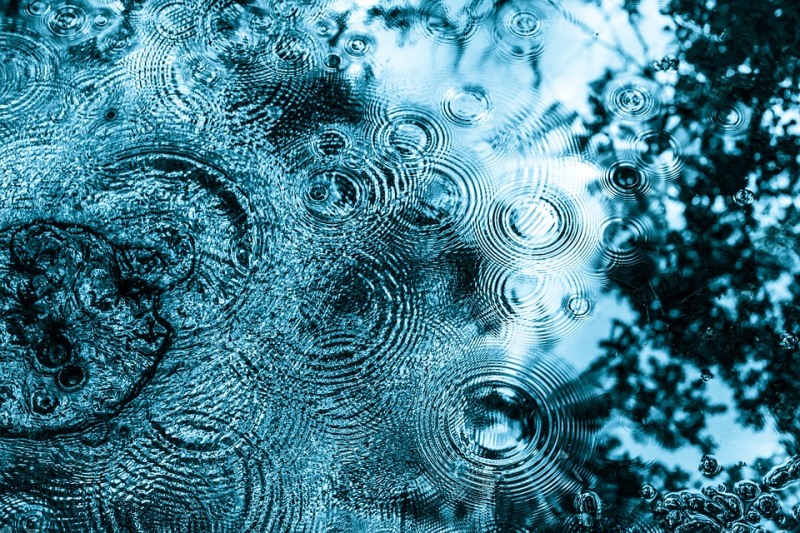
As per Ayurveda, health of human body is directly linked to the digestion process and it forms the basics as well (metabolism). In Ayurveda, it’s termed as Jaivagni. It’s the ability of human body to digest the input food well, absorb the nutrients and make it available to different body parts. The rate of this metabolic activity is very much less during rainy season.
As per Ayurveda, equilibrium of Tridosa (Vata, Pitta and Kapha) is also of great significance and forms the basics of a healthy body. The most important among the three – Vata turns mischievous during rainy season leading to many health-related issues. That’s why diseases like arthritis show their true colours during rainy season. That’s why special instructions are to be followed this month to achieve complete health. Not only that, Karkidakom is the last month of Malayalam calendar. So it’s always a healthy process to clean the body at the end of a year and welcome the New Year with health and mental prosperity. Karkidakam treatments also aim at these principles.
Karkidakam treatments rejuvenate human body and cells and gives them a new life. The energy needed to work for next one full year is stored using the treatments done this month. Read in detail: Panchakarma Treatment.
2. Reasons why it’s told to follow Dinacharya and Ritucharya in Ayurveda
As per Indian climatic conditions, there are 6 seasons a year – Shisiram (Winter), Vasantham (Spring), Greeshman (Summer), Varsham (Monsoon), Sharat (Early Autumn) and Hemantam (Late Autumn). As per Ayurveda principles, our body conditions changes with every Ritu (season). That’s why it’s told, health instructions to be followed every season also differs from one another, which is called Ritucharya in Ayurvedic terms. In addition to Ritucharya, there is Dinacharya too. For a healthy body we need to follow certain habits on a daily basis, known as Dinacharya.
Intense heat during summer makes our body tired. Rainy season soon follows summer, and our body is still not free of this tiredness. As monsoon approaches so quickly, it gives more changes for spread of disease germs causing fever, cough, cold, typhoid etc. For aged people, diseases related to arthritis, joint pain etc may occur or turn severe. Children are more prone to monsoon diseases. Karkidakacharya is the Ritucharya done annually which guards the health of human body and protects it from diseases.
3. What are the things to be noted in food habits during monsoon season?
Healthy food habits need to be strictly followed. Avoid old food, cold food and also open food. It’s always a safe bet to avoid restaurant food. Cook healthy food at home and serve. As metabolic and digestion process is slow during monsoon season, take only light food easy for digestion. Avoid biryani, maida added perotta and food with excess masala and oil. Porridge (Kanji) digests easily. Our Kerala food items like idli, dosa etc are good for breakfast. Reduce the intake of bakery food, salted items, fried snacks etc.
Brown rice, fenugreek, green gram, ragi, sesame seeds etc are good for this season. They digest easily and get absorbed to blood giving energy. Include gooseberry in daily diet. Reduce the intake of non-vegetarian food items. But non-vegetarian soup digests easily. So you can add vegetables while preparing non-vegetarian soups, which give a healthy diet as well.
Consume 10 gm of Ashtachoornam along with ghee or hot water before food to improve digestion. You can also consume 10-15 gm of Vaiswaanarachooram or Panchakolachoornam mixed with hot water before food. Continue the medicine for 2 weeks, and if appetite increases, you can take any one of Chyawanaprash, Brahma Rasaayanam, Agasthya Rasaayanam or Trifala Rasaayanam 10-20 gm after supper. They have the power to improve immunity and defense mechanism of the body. You can also mix 10 gm Trifala Choornam with hot water and intake on daily basis to improve body immunity.
4. What is the life style of Karkidokam month?
Never sleep for long hours during day time. Never bath in cold water. Make oil bathing a habit during this season. Sleep early during night. Dhoomanam (igniting & smoke) is a good procedure to reduce spread of contagious diseases through germs. It’s a process to smoke things with medicinal value, inside homes. Akil, Vayamb (Calamus), Gulgulu (Commiphora wightii), Kuntharikkam (frankincense), Arya Veppu (Neem) and Manjal (Turmeric) can be used for this purpose. They kill gems and purify the inner atmosphere as well.
Water gets polluted easily during rainy season, and diseases spread easily through water as well. So take extra care for drinking water. Always carry a bottle of boiled water with you. Shadanga Paneeyam with Ayurveda herbs is also available in stores. Muthanga, Ramacham (Vetiver roots), Chandanam (sandalwood), Chukk (dried ginger), Iruveli (Andropogon) and Parpadaka Pullu (a type of grass) are the herbs used to prepare Shadanga Paneeyam. Boil your drinking water with Shadanga Paneeyam. It improves digestion and resists your body against fever and cold. A handful of basil leaves, a little pepper and dried ginger – boil your drinking water with these three ingredients together to resist your body from the attack of fever and cold.
Wake up early in the morning. Brahma muhurtham is the best time to wake up – as per Ayurveda. It’s the time around 4.30 am. Use Ayurveda Dantha Daavana Choornam to brush your teeth. Apply two drops of Anuthailam to nostrils and lay for 10 minutes. Rub either sides of nose and sneeze it slowly. Never take hard exercises. Never take intense exercises during Karkidokam month, because body is weak this month. Make a habit to do an oil massage before bath.
In your diet, take a note on the points told above. Take light, but nutritious food. Never take curd and fish together, also ghee and honey. Take Ayurveda Kanji for supper. Never bath in cold water in the late evening. Also spare a little time to read holy books during the month of Karkidakam. Always stay positive, with good thoughts. Sleep well.
5. What’s the significance of Marunnu Kanji (Ayurveda Kanji) during the holy month of Karkidakam?
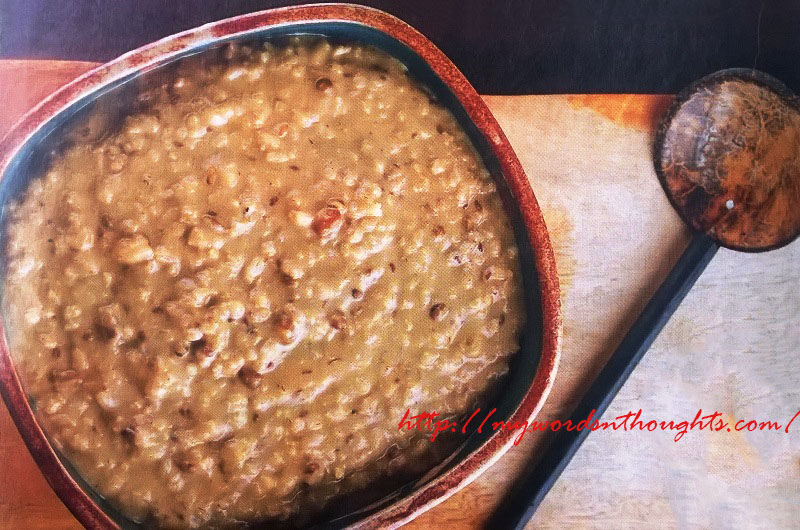
During Karkidakam treatment, Ayurveda Kanji holds an important place. It’s a part of old traditional Ayurvedic principles, where medicine is used as food and vice versa. It gives three major benefits. It improves digestion, flushes out impurities from body and adds nutrition to body. Usually Jnavara Rice and a few medicines (Dasamoola Choornam, Dasapushpam, Dried ginger, Pepper, Pipaly) are used for the preparation of this ayurvedic porridge.
During early days, Karkidaka Kanji was served as breakfast by our ancestors. In today’s busy schedule, you can take this Kanji as supper. Now instant packets to prepare this kanji are readily available in ayurvedic stores. When you purchase them, assure that they are of good quality. Also check the expiry date.
6. How to prepare Marunnu Kanji?
Ingredients for Marunnu Kanji: Jnavara rice – 100 gm, Aasali – 10 gm, Dasamoolam Chornam – 10 gm, Dried Ginger – 10 gm, Pepper – 10 gm, Thippali – 10 gm, Dasapushpam Choornam – 10 gm or 25 milli, Coconut milk and Ghee – Required
Method of preparation: Boil water adding Dasamoolam Chornam. Cook rice in this water. When rice is well cooked, add Dasapushpam Choornam or its juice. Add Aasali, Dried Ginger, Pepper and Thippali and for final touch, add coconut milk and ghee as required.
Medicines may differ, and hence we can prepare different varieties of Marunnu Kanji. Doctors may suggest different medicines for the preparation of Kanji, as per health condition (Vaadam, Pitham, Kafam). Uzhinja Kanji, Navadhaanya Kanji, Dasapushpa Kanji, Pathila Kanji etc are a few variants. Fenugreek or Navadhaanya can be used to prepare Ayurvedic Kanji. Add Jnavara rice if required.
7. What’s Kerala Panchakarma treatment?
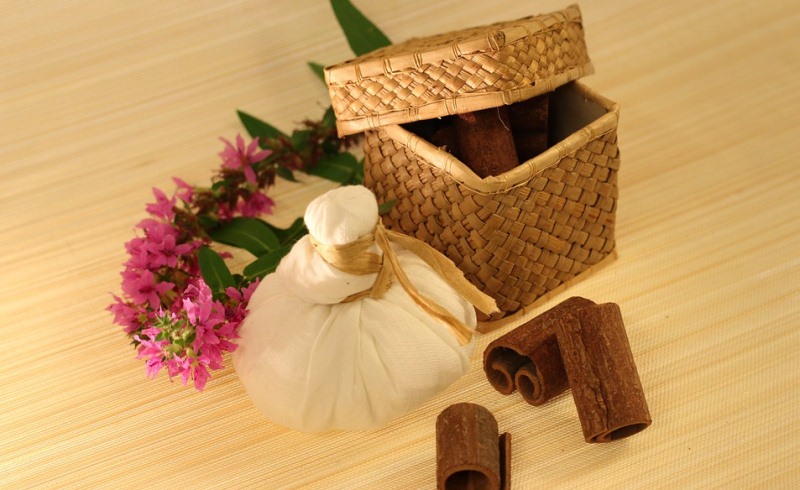
It’s an ayurvedic treatment to flush out the toxins hidden inside human’s body, mind and soul. It’s a course of treatment taking at least 2 to 3 weeks. To take 7-21 days Panchakarma treatment every year is good for health. This treatment method is also used to cure many diseases. Poorvakarmas – certain initial steps are to be taken before the beginning of treatment. It’s a process to apply hot oil on body and sweat it through different methods. Snehanam and Swethanam are grouped under Poorvakarmas.
Dhara, Uzhichil, Pizhichil, Kizhi, Navara Kizhi, Ila Kizhi etc are the major Panchakarma treatment methods used after Poorvakarma. Read here to get a detailed description of Panchakarma treatment. After Poorvakarmas, Panchakarma methods such as Vamanam (Vomiting by giving medicines), Virechanam (Purgation by giving medicines), Nasyam (Applying medicine to nostrils to pull out phlegm from head), Vasti (similar to enima) and Rakthamoksham (To flush out impure blood from body) are done, through which impurities deposited within the body are flushed out.
Rasaayana Treatment is done after Poorvakarmas and Panchakarma. This therapy is one of the eight branches of Ayurveda and also known as Rejuvenation therapy. Rasayanams are medicines to enhance and improving 7 Dhadus of human body as well as body immunization. Rasayana Chikitsa aims at improving the health and the longevity of people, and slows down the process of aging. This treatment is fully effective only if done after purifying the body through Panchakarma. Though these treatment methods can be done at any time, they are more effective if done in Karkidokam month.
8. How to take care of children’s health in Karkidakam?
Give extra care to children during monsoon season. Use crushed dry ginger and basil leaves for boiling drinking water. Avoid cold drinks. Balaswagandaathi thailam is good for body massage for children. For infants, oil extracted by boiling coconut milk is best for body massage. For good digestion, give Ashtachoornam mixed with ghee. Kalyanaghridam,Indukantham Ghridam etc are best for body defense mechanism. You can give Marunnu Kanji to kids from the age when they start taking porridges/kanji.
9. What are the benefits of oil massage and bath? How can it be done?
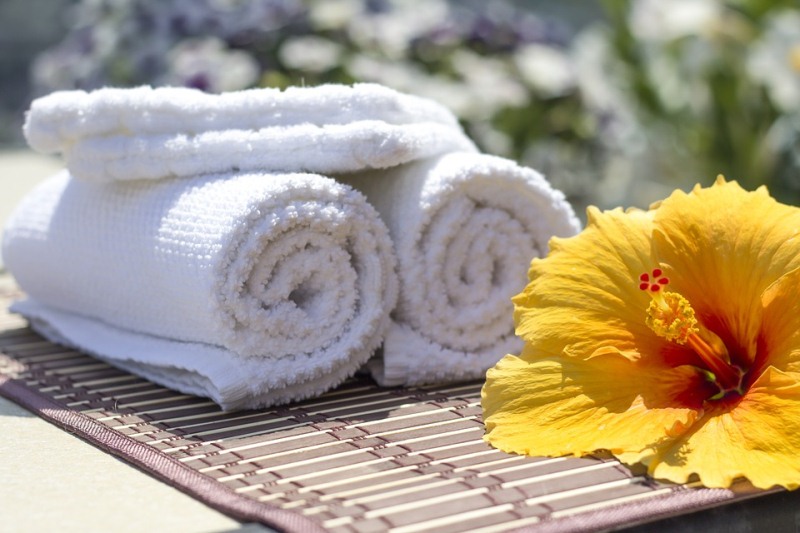
Oil massage and bath can be done at any point of time, around the year. It’s most beneficial during Karkidokam month to get rid of problems related to arthritis and joint pain. Good sleep, healthy and glowing skin, youthfulness etc are some of the benefits of oil massage. You can use Dhanwantharam Thailam or Balaaswagandhathi Thailam for oil massage. Heat gently before you apply on body and massage well. Apply oil on backside of ear lobes as well as inner side of foot. Avoid sweating of scalp when you apply oil. Have a bath in warm water after half an hour of oil bath. You can use green gram powder and acacia intsia (Eencha) as an alternative of soap. Use Kayyonni oil as hair oil.
Some people suffer from joint pain during cold seasons. To get rid of this, leaves of Vaadamkolli, Karinochi, Puli (Tamarind), Erukku and Avanakk can be heated together to prepare Thailam (balm) and apply on affected areas. You can also boil water using these leaves and use for bathing.
10. What things are to be noted while doing Panchakarma treatment, also known as Sukha Chikilsa?
Today Ayurveda is marketed for financial benefits by many organizations. That’s how the word ‘Sukha Chikilsa’ came into existence. Never assume that Sukha Chikilsa is a treatment to get comfort and enjoyment. It’s a treatment to improve body defense mechanism to fight against diseases and provide longevity. It’s always better to stay at hospital while taking treatment and it should be done under the supervision of an expert ayurvedic doctor. It’s unscientific to take treatment from people with less knowledge in this field or therapists.
In most cases, Sukha Chikilsa may not include Poorvakarmas, Panchakarma and Rasaayana Chikilsa in one package. Poorvakarma methods such as Dhara, Uzhichil, Pizhichil and Kizhi are given as Sukha Chikilsa in many places. Panchakarma methods such as Vamanam, Virechanam, Nasyam and Vasti should be done only with the instructions from doctor. Give complete rest to body during treatment. Also strictly follow doctor’s instructions – in medicines as well as food taken.
If you have any ailment, give a detailed description of everything related to it to your doctor before the treatment begins. Treatment methods and medicines differ in accordance to disease conditions as well as the health and age of the patient. If you can’t spare time to spend at hospital or don’t have enough money, you can do Karkidakam disciple at home itself. Healthy life style, oil bath, strict diet, Marunnu Kanji and rest at home can gift you good health if you desire so.
Image source: Pixabay & Self
Go through the gallery to read a few more unique articles on traditions followed during holy Karkidakam month by Keralites just before the commence of Onam season. Here is the page link. Click on the images to read.


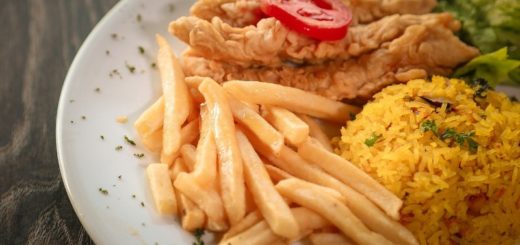
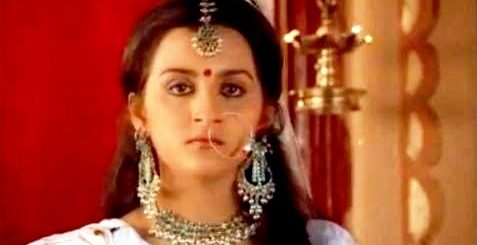
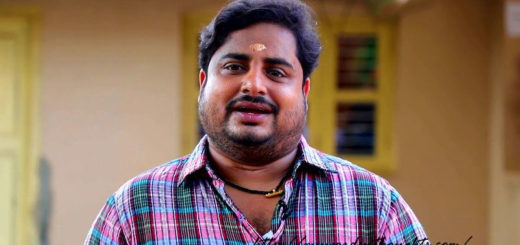









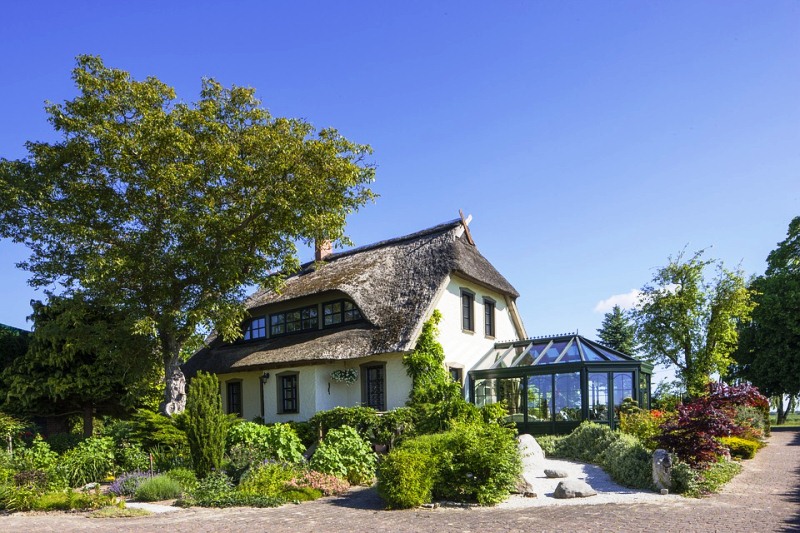
Recent Comments